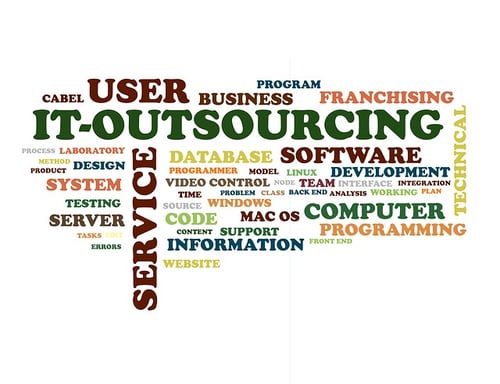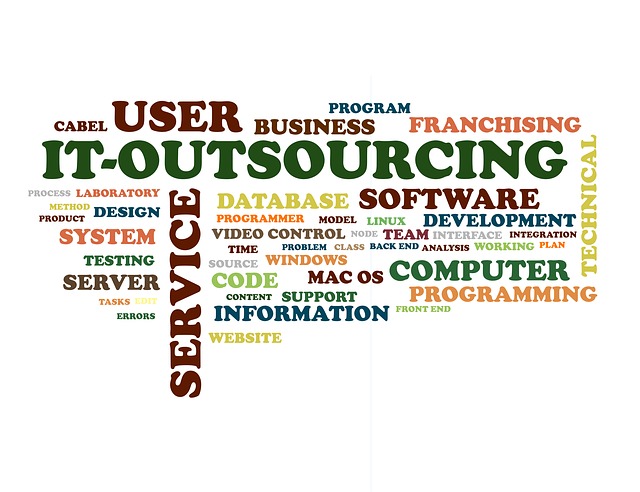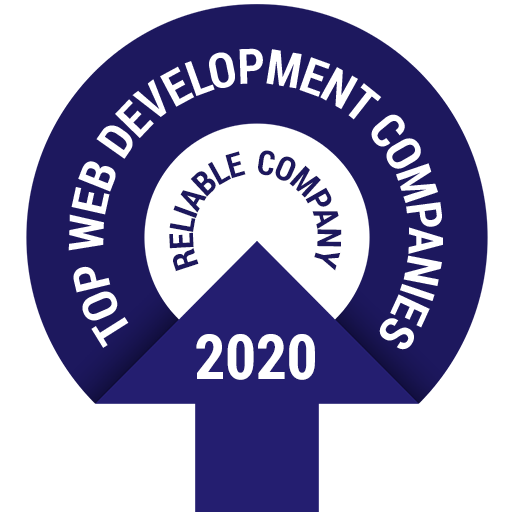In today’s competitive world, businesses want to be careful when deciding whether a large software development project should be done in-house or done by outsourcing the work.

Some companies have an in-house software development setup (captive centre subsidiary), but they are so flexible that they outsource work to reliable vendor partners.
Other organisations no longer outsource major software development work, because of their captive centre setup which has long-term goals.
You can select the best one that suits your business’s purpose in the short-term and in the long-term, by comparing the two setups.
So let’s take a look at a comparison of the key drivers and challenges for a captive centre set up with those for a vendor partner set up.
Key Drivers for the Captive Centre Setup
- Does your business have a captive centre in a low-cost area? Do you want to benefit from the cost-savings of offshore resources? Then this model is the one for you.
You can choose to set up your own captive centre to make the most out of its large-scale offshore plans.
- Does your business deal with sensitive information? Do you want to prevent the potential risk of data leaks to third parties? Then you may prefer this model.

For example, if your business is based on banking, insurance or the stock market, you deal with a lot of monetary transactions and sensitive customer data.
- Do you want complete control over your sensitive operational activities, like product costing and new product launches? Then this setup is suitable for you.
- Does your business handle a complex software development project? Then the knowledge gained by the resources working on such projects will be invaluable. It will stay in the organisation with this model.
Challenges for the Captive Centre Setup
- It is usually rapidly set up to scale up your business and you may start with lenient service level agreements (SLAs). But, when you need to make the SLAs stricter and better, you might have to spend more than you thought.
- Some internal employees might be resistant of this setup. They may fear new projects being assigned to the captive centre which will lead to a lack of work for them with potential job cuts in the future.
- Your company’s top management may start to focus less on the captive centre, due to it being viewed as a cost centre (instead of a profit centre). This is because it takes a long time to show decent returns on investment and results, despite it being costly to set up.
Key Drivers for the Vendor Partner Model
Most drivers for this outsourcing model stem from the shortcomings of the captive centre model.
- Unlike the captive centre model, this model does not require a lot of time to start and the operations can be ramped up quickly. This is because the vendor generally has an established setup. For example, if you are a big retail company and wish to build an enterprise app, it makes more sense to start off using this model.
- You do not need to invest a lot of money or time to enter a vendor partner relationship.
 Image credit: Flickr
Image credit: Flickr
- Your company can opt for a pilot project execution, before getting into large scale operations. This allows you to first gain valuable experience in setting up a low-cost centre. You can then decide to continue to scale with the vendor partner or you can start your own captive centre.
- You can smoothly close out offshore operations without hassles or high costs. This is possible with a clear contract with the vendor partner with a transparent exit clause. However, you may find it too tedious and expensive to close down offshore operations with the captive centre model, since labour laws in several low-cost countries are quite strict.
Challenges for Vendor Partner Model
- You may find it challenging to maintain the security of confidential data for banks, insurance companies, etc.
- Your business may have to spend a lot to ramp up your vendor partner setup with those who have expertise in the niche skills. This may also be difficult, because you may be unsure how long the resources and knowledge will be kept.
Verdict
Many companies may want to balance the two models based on the nature of their business.
However, Fortune 500 companies, such as Citigroup, Dell, Unilever and Deutsche Bank, have recently shut down their captive centres and opted for the cost effective and efficient vendor partner setup. This is due to the increased competition and the need to save costs and deliver instant results within strict deadlines.
So, which model will you opt for? Do you have any points to share?

Written by Tanya Kumari
Tanya leads the Digital Marketing Team at Classic Informatics, a leading web development company . She is an avid reader, music lover and a technology enthusiast who likes to be up to date with all the latest advancements happening in the techno world. When she is not working on her latest article on agile team dynamics, you can find her by the coffee machine, briefing co-workers on the perks of living a healthy lifestyle and how to achieve it.








.png)











